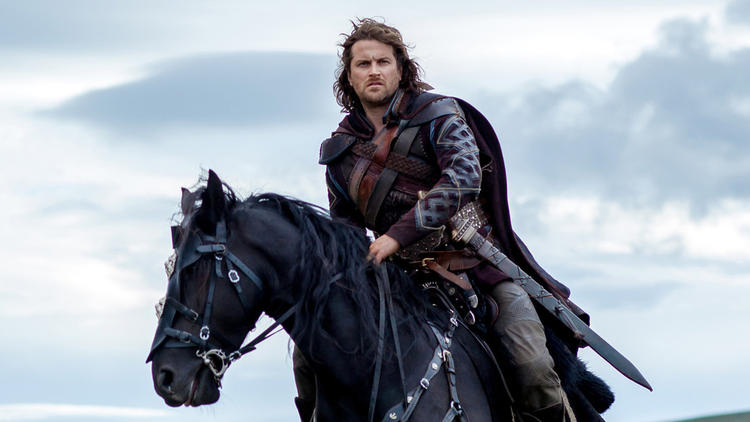I have always sought to instill into my students that a knowledge of literature is not possible without an adequate knowledge of history, philosophy and theology. I stress, for instance, that we cannot know the plays of Shakespeare unless we know something about the time and culture in which he was living and the philosophical and theological questions with which he and his contemporaries were grappling. An ignorance of history, philosophy and theology means an ignorance of literature also.
This was brought home to me especially powerfully during the two years that I taught the mediaeval period in the integrated humanities program at Thomas More College of Liberal Arts in New Hampshire. In the previous school at which I’d taught, as with almost all schools, the various disciplines are divorced from each other. Mediaeval literature is taught in one class, mediaeval history in another, and mediaeval philosophy and mediaeval theology in two other classes. At Thomas More College, I taught all of these disciplines to the same class of students in one “Mediaeval Humanities” class. I taught Beowulf, Bede’s Ecclesiastical History, Boethius’ Consolation of Philosophy, and Benedict’s Rule.
Having read Bede’s History, with its many pages covering the controversy surrounding the Pelagian heresy, we proceeded to read Beowulf, a text that is probably contemporary with Bede. In doing so, we were able to see instantly and clearly that the first two parts of the poem, those recounting the hero’s struggles with Grendel and Grendel’s Mother, are similarly preoccupied with Pelagianism. In having his hero come to the realization that the power of his own human will and his own physical strength, unaided by divine assistance, was insufficient to defeat the power of evil, the Beowulf poet is showing the error of Pelagianism, which taught that souls can win their own salvation through the power of their will and were not therefore in need of the supernatural assistance of grace. In speaking with one voice with the venerable historian who was his contemporary, the poet is illustrating an orthodox Christian response to the errors of his day.
In teaching these two books, one after the other, to the same group of students, in the same class, the theological connection between them is unavoidable. Compare this with the situation in most schools in which Beowulf would be taught in a literature class and Bede in a history class. Indeed it is possible that the two works would not only be taught in different classes but perhaps in different semesters, by two different professors. Is it likely, in such cases, that both professors would refer to the manner in which the text under discussion connects profoundly with a different text, not being studied and not belonging to the academic discipline in which the professor has been trained? Furthermore, is it likely that the literature professor, perhaps unschooled in Bede and heedless of the prevalence of Pelagianism at the time that Beowulf was written, if indeed he has even heard of Pelagianism, would see the crucial connection that the Beowulf poet is making to this particular heresy or what such a connection means to the deeper and deepest meaning of the poem? And as for the students, even if they are taught both texts (in two separate classes by two different professors), what are the chances that they will make the crucial connection between the two disconnected texts?
Having learned this valuable lesson, I saw more clearly what I knew already, which is that the integration of the humanities is needed to prevent the disintegration of humanity into the “heap of broken images” of which Eliot writes.
Joseph Pearce is the author of critically-acclaimed biographies of G.K. Chesterton, J.R.R. Tolkien, Hilaire Belloc, and Alexander Solzhenitsyn among others. He is currently the director of the Center for Faith and Culture at Aquinas College in Nashville, Tennessee, and the editor of the St. Austin Review.
















Leave a Comment
Your email address will not be published. Required fields are marked with *